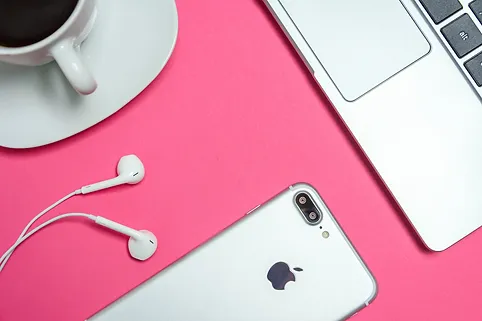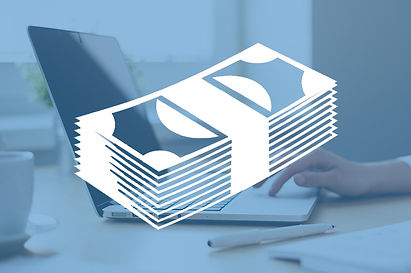EQUIPMENT FINANCING
Equipment loans help you purchase new or used equipment with favorable terms and competitive rates. Almost any type of equipment, commercial vehicle, technology, for almost any type of business, is eligible [see below]. The equipment serves as collateral, freeing businesses to preserve cash for other operating expenses.
Pros:
- Simple application process
- Pre-approvals before purchasing
- More favorable interest rates and repayment terms than other financing options
Cons:
- May need a down payment
Best for businesses in need of new or used equipment for:
- Construction
- Industrial / Manufacturing
- Warehousing
- Agriculture / Farming
- Restaurant / Food Service
- Medical / Dental
- Trucking / Delivery vehicles
- Landscaping
- Office equipment/software/furnishings
- And More…..

Purchase or Lease?
Equipment Purchase
Benefits of Outright Equipment Purchase
Tax Advantages – In many cases, equipment purchases can be a full tax deduction in the year it was purchased pursuant to IRS Section 179. This financing option allows many business owners to take 100% depreciation of the asset in the year it was purchased.
Cons of Outright Equipment Purchase
Higher Monthly Costs – Purchasing equipment may often result in higher monthly payments versus leasing. With a typical loan you will likely have to make a down payment and the interest rate will be determined by your business credit rating or personal credit score.
Equipment Lease
Leasing equipment may be a more cost-effective financing option. With leasing, you typically pay for the use of the equipment, you do not technically own it, and therefore leasing generally will result in lower monthly payments.
Benefits of Equipment Leasing
Lower Monthly Payments – Since you will be paying just for the use of the equipment for the lease term, you will typically have a lower monthly cost.
Ability to Trade-up to Newer Equipment – For machinery that may become obsolete over time or wear out, leasing allows the business owner flexibility to easily trade up to newer, more modern equipment at the end of the lease.
Little or no out-of-pocket upfront cost – Typically, leasing does not require an upfront, down payment.
Option to Purchase – In many cases, a buy-out option is available at the end of the lease term.
Cons of Equipment Leasing
Fewer Tax Benefits – Compared to purchasing, equipment leasing has fewer (immediate) tax benefits.
No ownership or equity – When leasing, you will not be building equity in the equipment. However, many leases do offer buy-outs at the end of the lease term.

1. Initial Appl.
Fill out our Quick Pre-Qual application with no impact on your credit and no obligation to proceed or accept funding.

2. We review your application
We will personally contact you to review your goals and present you with programs matching your needs, usually within 24 hours.

3. Receive funding
Choose the program that fits you best and receive funding within days.
